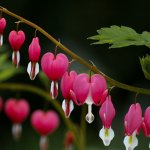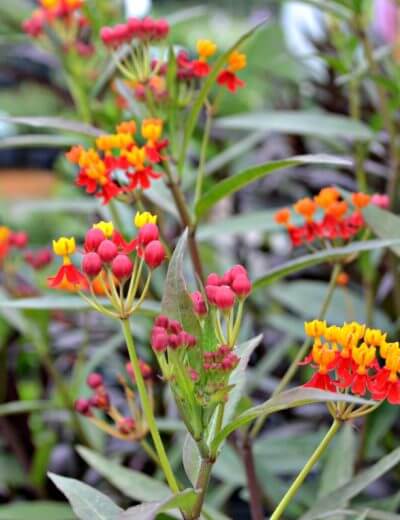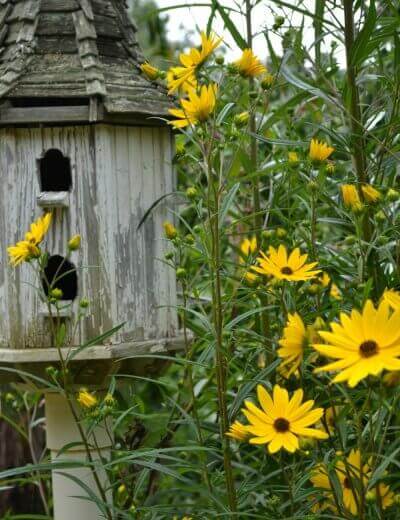Bleeding Hearts (Dicentra)
Dicentra bleeding hearts are known for their unique heart-shaped flowers that hang in a row on arching stems, resembling strings of pink, red, or white hearts, with a protruding inner petal that resembles a “drop of blood,” giving them their name. Their graceful foliage gives the plant an elegant appearance even when not in bloom and adds a touch of charm to any landscape.
An herbaceous perennial plant, they grow from rhizomes and emerge in the spring. Bleeding hearts are excellent additions to shaded garden beds, woodland gardens, or along the edges of borders.
Note that bleeding hearts contain alkaloids that can be toxic if ingested, so they should be planted away from areas frequented by pets or small children. In sensitive individuals, they may cause some skin irritation.






